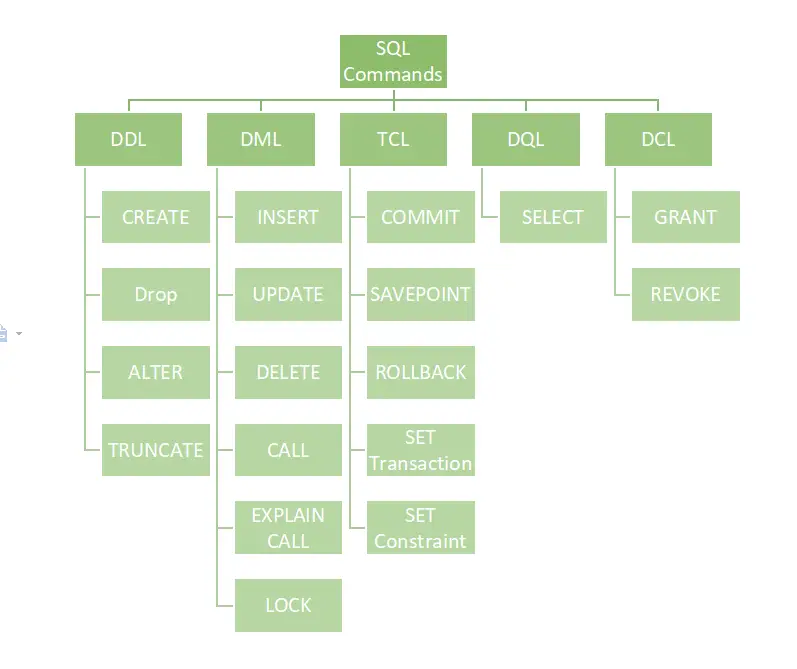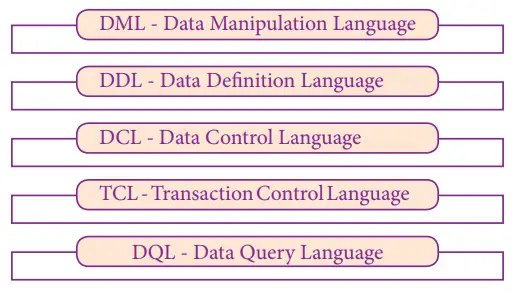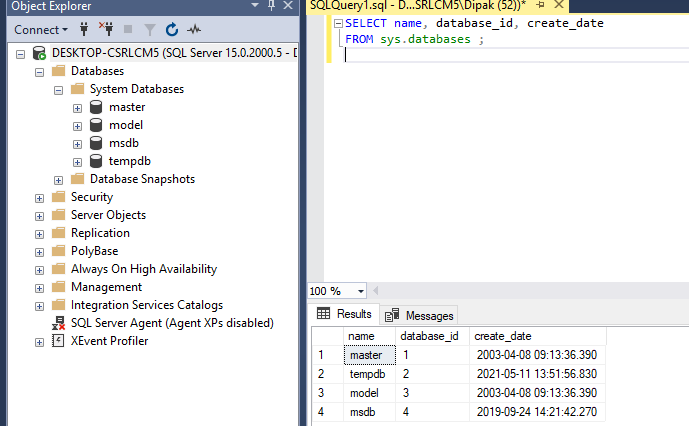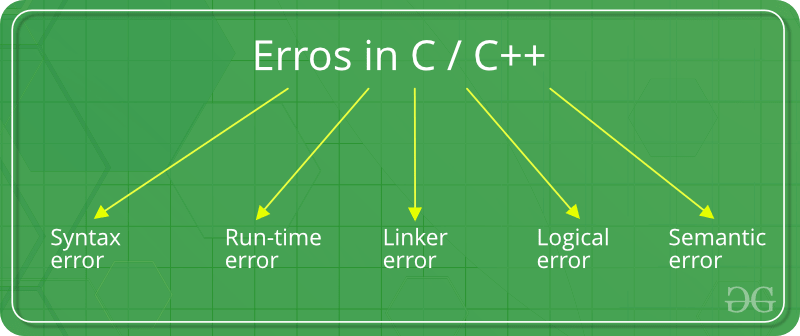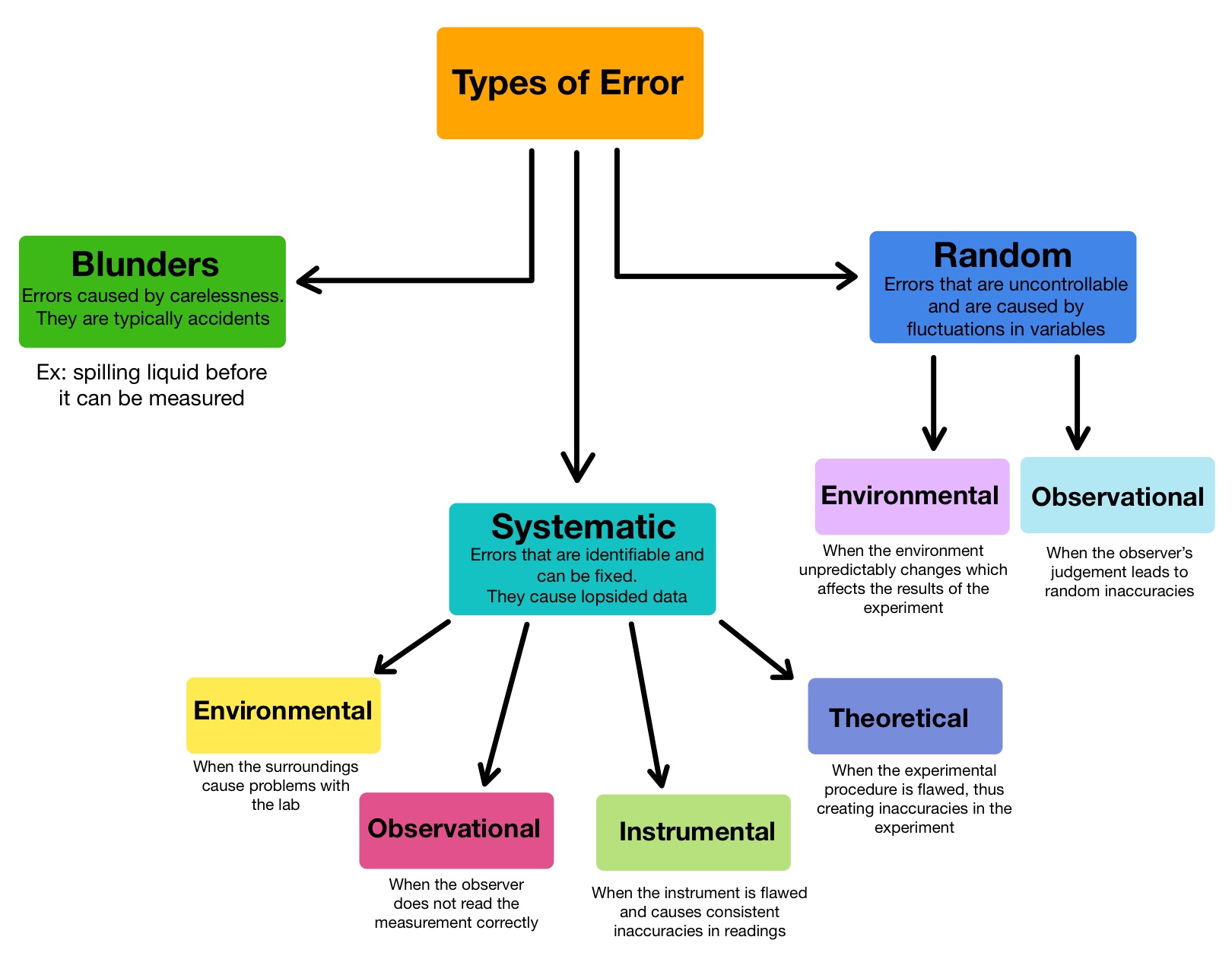What is DML and DCL?
DML – Data Manipulation Language. DCL – Data Control Language. What is DML in database? A DML (data manipulation language) refers to a computer programming language that allows you to add (insert), delete (delete), and alter (update) data in a database. A DML is typically a sublanguage of a larger database language like SQL, with the DML containing some of …

